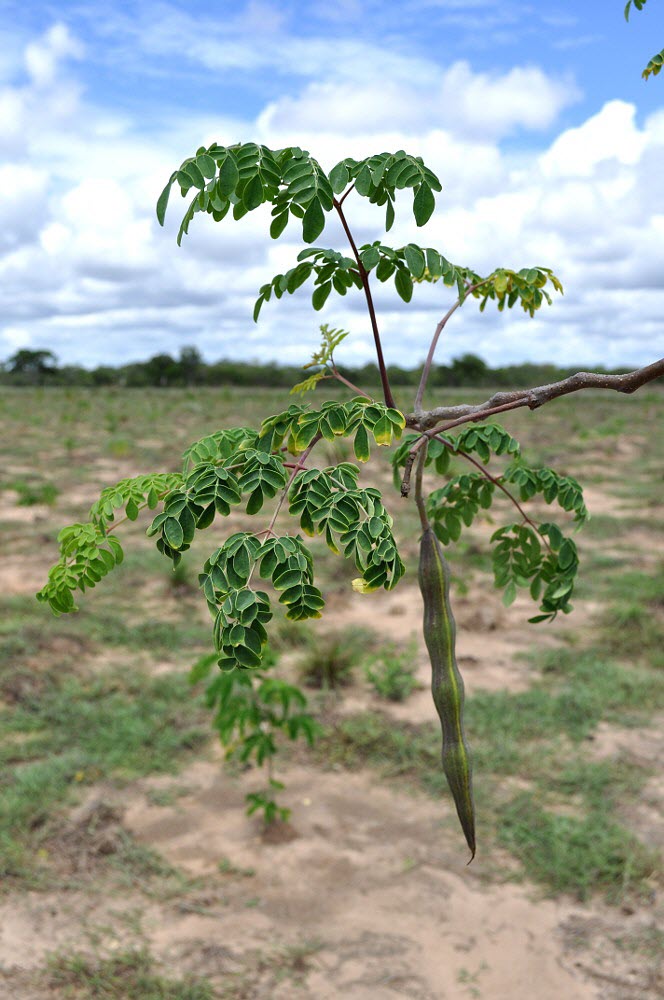
Plantation : Bore, Kenya
Famille : Moringaceae
Noms courants : Ben ailé, Neverdie, Pois quenique
Type de feuillage : Semi-evergreen
Durée de vie :
20 ans
Poids total de CO2 capturé :
25 Kg
Hauteur :
10 m